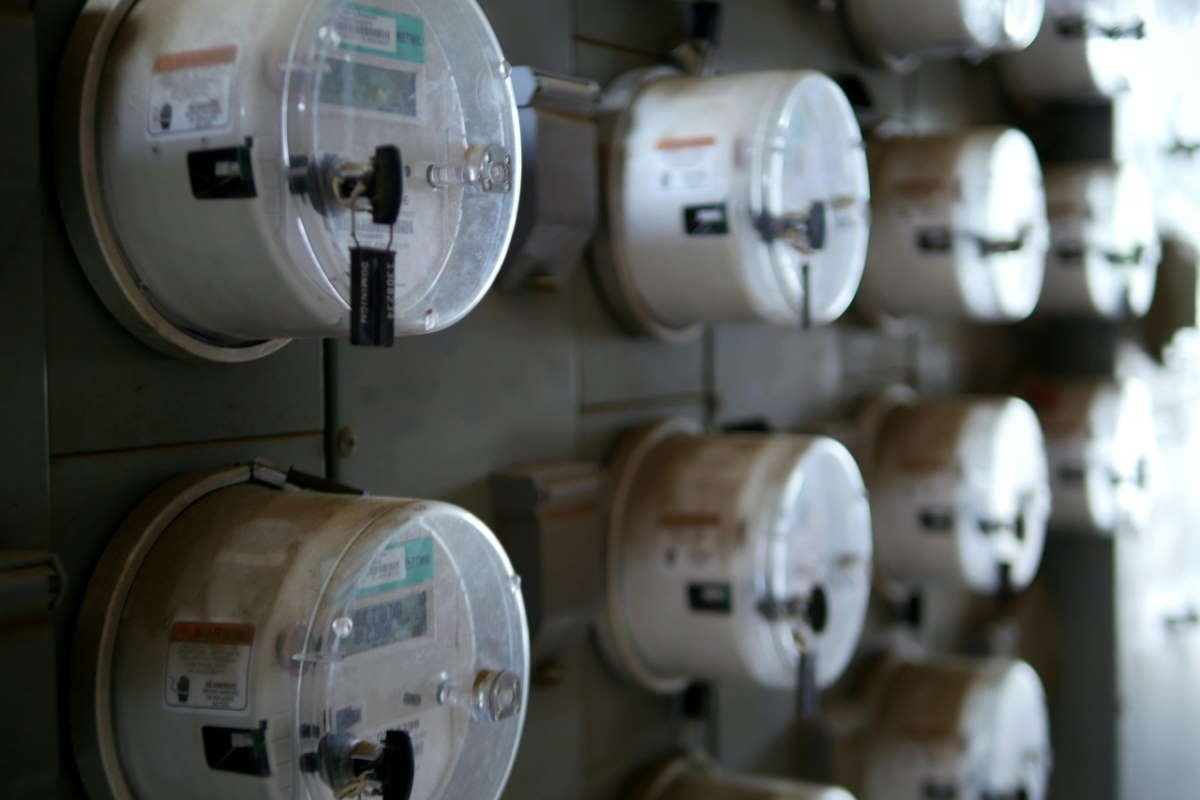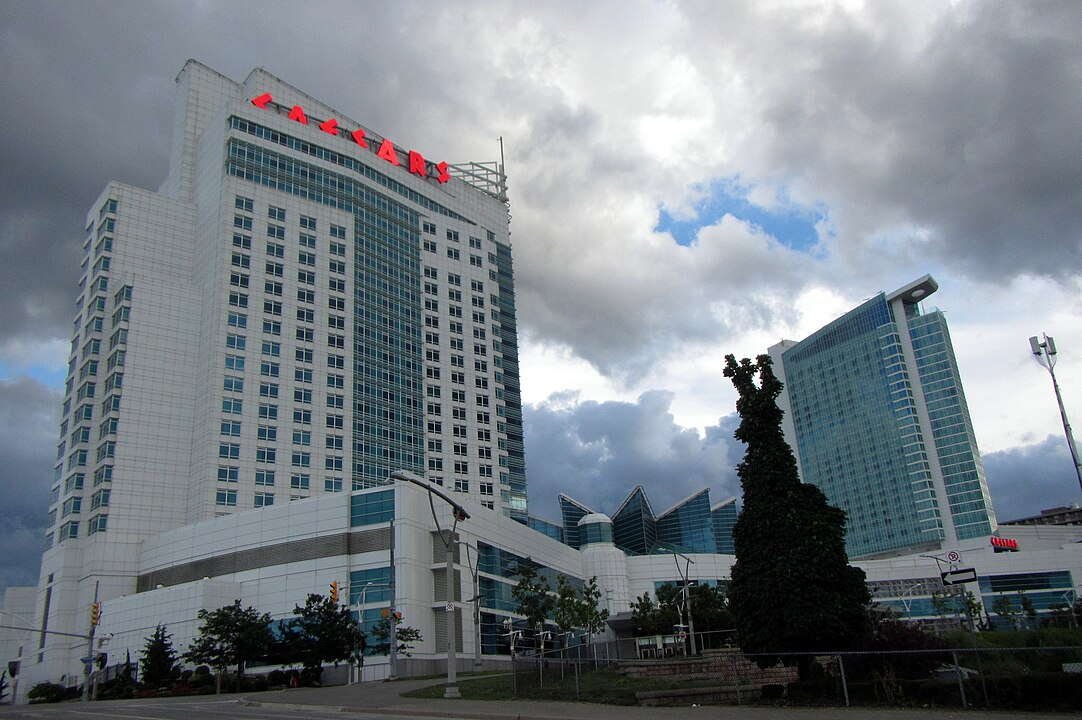Renting an Apartment in Ontario: Essential Advice for Renters
As a newcomer to Canada, finding a comfortable place to live is one of the first steps toward settling into your new life.
In Ontario, a province known for its diversity and opportunities, renting an apartment can be both an exciting and challenging endeavor, especially for those new to Canadian living.
This guide aims to walk you through the rental process in Ontario, offering step-by-step assistance and useful tips to help you confidently navigate the market.

Whether your search is for a cozy studio or a spacious family apartment, you will find all the necessary information here to make a well-informed decision.
With a focus on the unique aspects of living in Ontario, this resource is designed to ease your transition into life in Canada, helping you find not just a place to live, but a home where you can thrive in this vibrant and welcoming region.
Things to Consider When Renting
Before renting an apartment in Ontario, there are several critical factors to consider to ensure that your new home meets your needs and expectations:
- Budget (rent affordability and other expenses)
- Location (proximity to work, school, public transportation, amenities, and safety)
- Lease Terms (length of lease, termination policy)
- Apartment Features and Condition (size and layout, appliances, fixtures)
- Building Amenities and Policies (pet policy, noise, building amenities)
- Legal and Financial Aspects (security deposit, renter’s insurance, credit background check)
- Future Considerations (long-term needs)
Understanding the Rental Market in Ontario
- Researching the Area: Before you start your apartment hunt, research different neighborhoods. Consider factors like proximity to work, schools, public transportation, and community services. Websites like Walk Score can help you understand how accessible an area is on foot, by bike, or by public transit.
- Budgeting: Determine your budget. Remember that rent is not the only expense; consider utilities, internet, and possibly renters’ insurance. In Ontario, rents can vary significantly depending on the location and type of apartment.
- Finding Apartments: Utilize online platforms like Kijiji, Craigslist, and rental-specific websites (realtor.ca). Also, consider working with a real estate agent who specializes in rentals. They can provide valuable insight and help find listings that meet your criteria.
Exploring Apartment Types in Ontario
When exploring the rental market in Ontario, you’ll encounter a variety of apartment types, each catering to different living styles and preferences. Understanding these options is crucial in finding a space that aligns with your needs and lifestyle.
Studio Apartments: Studios are the epitome of compact living. These units typically combine the living room, bedroom, and kitchen into one open space, with a separate bathroom. Studios are small but ideal for singles or couples looking for an affordable, low-maintenance living solution. They offer simplicity and efficiency, making them popular choices for students and young professionals.
One-Bedroom Apartments: These apartments provide a separate bedroom from the living area, offering more privacy and space than a studio. These are perfect for individuals or couples who need a bit more room, or who enjoy having distinct living and sleeping areas. This was our first rental, a one-bedroom apartment, which was spacious enough for my wife and me, and even accommodated our parents when they visited us for a month.
Two-Bedroom Apartments: Such apartments are excellent for small families, roommates, or those needing extra space for a home office or guests. With two separate bedrooms, these apartments offer more space and flexibility, accommodating a variety of living situations.
Basement Apartments: They are often found in private homes, offering a unique living experience. They tend to be more affordable and can provide more space than a typical studio or one-bedroom apartment. These units are great for those on a budget, though they may have less natural light compared to above-ground apartments.
Duplexes: These are single buildings divided into two separate living units, each with its own entrance. Residing in a duplex can feel more like living in a house, often with access to outdoor space. They are ideal for those seeking a balance between an apartment and a house.
Townhouses: They offer multi-floor living, often including multiple bedrooms and bathrooms. They strike a balance between the space of a house and the community feel of an apartment complex. Townhouses are perfect for families or individuals looking for more room, with the added benefit of communal amenities in some complexes.
Loft Apartments: Lofts typically feature a large, open floor plan with high ceilings and large windows. Originally converted from commercial or industrial buildings, lofts often retain elements like exposed brick walls or ductwork, offering a unique, urban aesthetic. They’re popular among those who appreciate a modern, open-concept living space.
Condominiums (Condos): While similar to apartments, condos are individually owned units within a larger complex. Renting a condo means you’re dealing directly with the owner rather than a rental management company. Condos often come with high-quality finishes, appliances, and access to amenities like gyms, pools, and security services.
Shared Apartments/Houses: In a shared arrangement, tenants rent individual rooms and share common areas like the kitchen, living room, and bathroom with other occupants. This option is economical and can be a great choice for students, young professionals, or anyone looking to save on rent and enjoy a communal living environment.
Shared Facilities in the Apartment Complex
In apartment buildings, tenants often have access to a variety of shared facilities that cater to their everyday needs and enhance their living experience.
Laundry options range from the convenience of in-unit washers and dryers to communal laundry rooms with coin-operated machines, and sometimes, residents might use nearby laundromats.
For hosting events, many complexes feature party rooms or social halls, which can be reserved for private functions and are typically equipped with kitchen facilities and seating arrangements.
Recreational amenities are also common, including swimming pools, fitness centers, and green spaces, offering residents leisure and relaxation opportunities right at their doorstep.
On-site management is available for maintenance requests and tenant concerns, ensuring smooth and efficient handling of any issues that arise, and providing a direct line of communication for residents.
Buildings usually have on-site parking lots or garages for residents’ vehicles, offering convenience and safety, often including designated spots or secure access.
Security features such as gated entrances, security cameras, and sometimes on-site security personnel provide an added layer of safety and peace of mind for residents within the apartment complex.
Legal Aspects and Tenant Rights
Navigating the legal aspects and understanding tenant rights is a crucial part of the renting process in Ontario, ensuring that you are well informed and protected in your tenancy.
- Understanding the Lease Agreement: In Ontario, most landlords use a standard lease agreement. Read it carefully and understand your rights and responsibilities. Don’t hesitate to ask questions or seek clarification on anything that seems unclear.
- Tenant Rights: Familiarize yourself with tenant rights in Ontario. The Residential Tenancies Act (RTA) protects tenants from unfair practices. For example, landlords cannot discriminate based on race, religion, or nationality. They also cannot demand more than the first and last month’s rent upfront.
- Rent Increase: Be aware that when renting an apartment in Ontario, there are guidelines for how much a landlord can increase rent and how often. This is typically once a year and within a percentage set by the government. For 2024 the increase is 2.5%.
Preparing to Rent
When preparing to rent an apartment, especially as a newcomer in Ontario, it’s essential to approach the process with careful planning and organization. This preparation involves:
- Documents: Prepare necessary documents like proof of income, employment letter, references, and, if possible, a credit report. These documents will strengthen your rental application.
- Viewing Apartments: When viewing apartments, inspect the condition carefully. Check for signs of pests, functioning appliances, and adequate heating/cooling. Ask about maintenance and how emergency repairs are handled. It is always a good idea to record the condition of the apartment.
- Negotiating Rent: While negotiating rent is not always possible, it doesn’t hurt to try. If the apartment has been on the market for a while, or if you have strong references and a good credit score, the landlord might be open to negotiation.
Essentials of Apartment Living
- Maintaining the Apartment: Keep the apartment clean and report any damages or necessary repairs to your landlord. Good maintenance on your part can ensure the return of your security deposit when you move out.
- Building Community Relationships: Be a good neighbor. Building positive relationships with your neighbors and landlord can make your living experience more pleasant and can be helpful in times of need.
- Emergency Preparedness: Know what to do in case of emergencies, like understanding evacuation routes or whom to contact. This is not only crucial for safety but also an essential part of being a responsible member of your residential community. During our time living in an apartment, we experienced several instances where fire trucks arrived and alarms sounded, requiring us to walk down 11 floors.
Renting vs. Buying
In the debate of renting versus buying, each option presents its own set of advantages and challenges, impacting your day-to-day life, financial health, and long-term goals.
Here are the benefits and drawbacks of both options:
Renting: Pros
- Flexibility: Renting offers more flexibility in terms of relocating. It’s easier to move at the end of a lease term than it is to sell a home and buy a new one.
- Lower Initial Costs: Generally, renting requires a lower initial financial outlay than buying (e.g., security deposit vs. down payment).
- No Maintenance Costs: As a renter, you are typically not responsible for maintenance or repair costs. The landlord usually covers these expenses.
- No Property Tax: Renters do not have to pay property taxes, which can be a significant expense for homeowners.
- Unaffected by Property Value Fluctuations: Renters are not directly affected by fluctuations in property value.
Renting: Cons
- No Equity Building: Rent payments do not build equity; you are essentially paying for a living space but not investing in a long-term asset.
- Limited Control Over Property: Renters often have limited ability to modify or renovate their living space.
- Rent Increases: Renters may face annual rent increases and do not have control over these changes.
- Instability: Renters may face uncertainty at the end of each lease term, such as the possibility of non-renewal or changes in terms.
Buying: Pros
- Equity Building: Homeownership allows you to build equity over time, which can be a significant financial asset.
- Stability and Control: Owning a home offers more stability (no annual lease renewals) and complete control over your property, including the freedom to customize and renovate.
- Potential for Appreciation: There’s a potential for your home to increase in value over time.
- Tax Benefits: Homeowners can benefit from tax deductions, such as mortgage interest and property taxes.
- Sense of Community: Homeownership often comes with a stronger sense of community and belonging.
Buying: Cons
- High Initial Costs: Buying a home requires a significant initial investment, including the down payment, closing costs, and other associated fees.
- Maintenance Responsibilities: Homeowners are responsible for all maintenance and repair costs, which can be unpredictable and expensive.
- Property Taxes and Insurance: Homeowners must pay property taxes and home insurance, adding to the cost of homeownership.
- Less Flexibility: Selling a home and moving is a more complex and time-consuming process than ending a rental lease.
- Risk of Depreciation: There’s a risk that the property’s value may decrease due to market conditions or other factors.
What happens if I need to move out before your rental agreement expires
If you’re renting an apartment in Ontario and find yourself needing to move out before your rental agreement expires, it’s important to understand your options and the potential consequences. Generally, breaking a lease can lead to several penalties, such as forfeiting your security deposit or being liable for remaining rent payments.
However, a common and often viable solution is subletting. Subletting involves finding someone else to rent your apartment for the remainder of your lease term. This allows you to move out without breaching your lease agreement, as the new tenant takes over the rent payments.
However, it’s crucial to first check your lease terms and consult with your landlord, as not all rental agreements permit subletting. If allowed, you’ll be responsible for finding a reliable subtenant and may still be liable if the subtenant fails to pay rent or damages the property.
Always ensure proper legal procedures are followed in a subletting arrangement to protect yourself and stay compliant with your original rental agreement.
How much does it cost to rent an apartment in Ontario?
The cost of renting an apartment in Ontario varies widely depending on the city and the type of apartment you are looking for. Factors such as location, size, and amenities significantly influence rental prices, creating a spectrum of options for potential renters.
Here are the costs of renting in some popular cities in Ontario, providing a snapshot of the diverse rental landscape across this province:
| Toronto | Guelph | Hamilton | Kingston | Windsor | |
| 1-Bedroom Apt. | $2500 | $2050 | $1603 | $1400 | $1159 |
| 2-Bedroom Apt. | $3400 | $2400 | $2063 | $2000 | $1670 |
Conclusion
As you navigate the varied and dynamic world of renting an apartment in Ontario, armed with knowledge about the different types of apartments and the costs associated with each city, you’re well-equipped to make an informed decision.
Whether you opt for the bustling streets of Toronto or the serene landscapes of smaller towns, Ontario’s rental market offers something for everyone.
Embrace this exciting phase of finding a place that not only meets your living needs but also enhances your lifestyle. With each city offering its unique charm and a range of rental options, your perfect Ontario home awaits, ready to be the backdrop for your new adventures and cherished memories in Canada.
Related Articles
-

How Much Are Utilities in Canada?
If you’re immigrating or already living in Canada, understanding utilities and their costs is important for managing your finances comfortably.… Read more
-

Moving to Toronto
Moving to Toronto is an exciting choice, as Canada’s largest and most diverse city offers a lot. People move to… Read more
-

Where to Stay in Windsor, Ontario: A Guide to Hotels, Motels, Bed & Breakfasts, and Campgrounds
If you are wondering where to stay in Windsor, Ontario, you’ll be happy to know there is a wide variety… Read more







